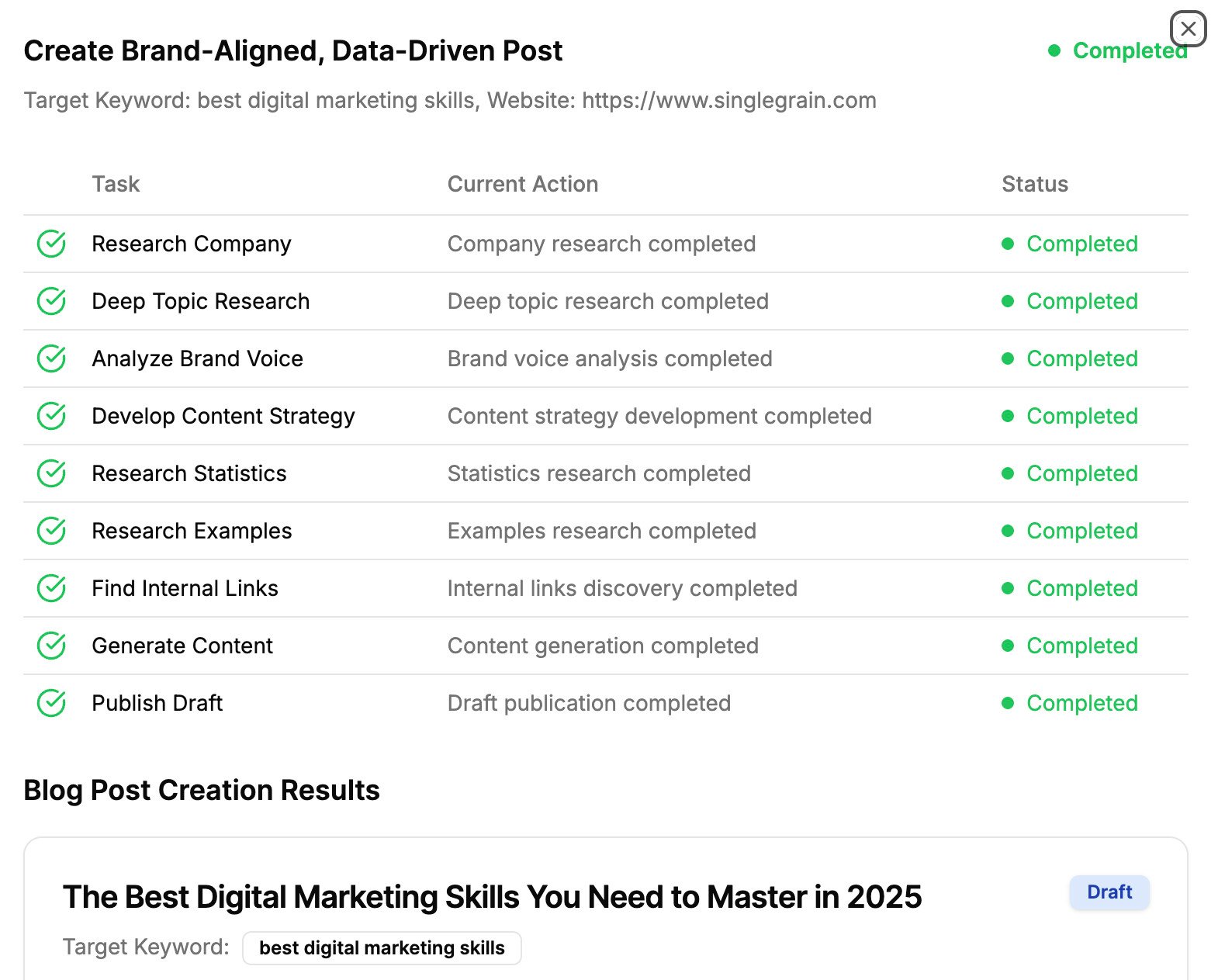Marketing strategies are constantly adapting to the ever-changing digital landscape. Some stick around longer than we think they should, and others vanish faster than you can even notice.
In this post, we’re delving into three of what we believe to be increasingly obsolete marketing strategies that were heavily prevalent in 2022 and leading into 2023.
3 Marketing Strategies That Will Disappear in 2023
We’ll share our thoughts on why we think these three strategies will be just a memory by 2024 and inevitably replaced by bigger, better approaches.
1) Copy-Paste AI Content Won’t Last Long
The shortcomings of AI content in its current state highlight the fact that it could be better optimized and ready to be deployed with human intervention.
However, this doesn’t mean that AI content itself will vanish from the marketing scene. Instead, the emphasis will shift from publishing AI content as is, to using AI as a valuable tool to expedite content creation and streamline the writing process.
By the end of 2023, and likely throughout 2024, we will witness a boom in the adoption of AI content creation technologies. Marketers will increasingly turn to AI to reduce the time it takes to produce content. However, instead of accepting AI-generated content at face value, marketers will recognize the need for heavy modifications and refinements (not to mention AI detection tools) to make it truly exceptional:
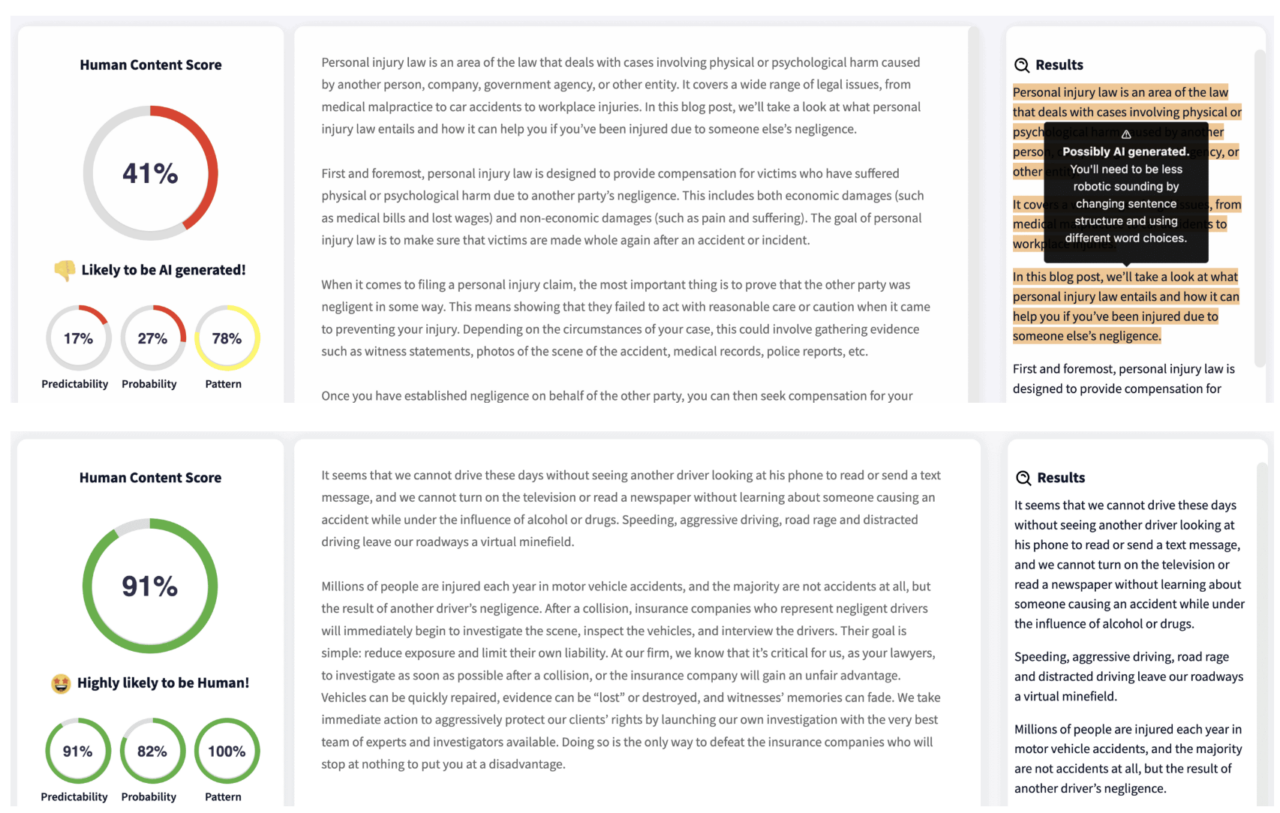
While AI technology continues to advance, achieving the level of perfection necessary for autonomous content generation is still a work in progress. It is fairly likely that by 2025, we will witness significant advancements that will bring AI-generated content closer to its first version of perfection.
However, until then, it is crucial for marketers to exercise caution and not solely rely on AI content in its raw form.
Marketers will find the most success by embracing a collaborative approach, leveraging AI to assist in the content creation process while relying on human expertise to curate and refine the material.
Modifying AI-generated content involves infusing it with emotions, context and storytelling elements that resonate with the target audience.
Human writers possess the unique ability to add depth and authenticity to content, creating connections with readers on a personal level.
This collaboration between AI and human writers fosters a symbiotic relationship, allowing the strengths of each to complement and enhance the other.
As the marketing industry progresses, it is important to recognize that the disappearance of “raw” AI content in its current form does not imply the obsolescence of AI technology itself.
Instead, it signifies a pivotal moment of realization and transformation, where marketers acknowledge the potential of AI as an invaluable tool to expedite content creation while understanding the importance of human creativity and expertise in refining and elevating the content.
Dive Deeper: ChatGPT Marketing: Creative Ways to Up Your AI Game
2) LinkedIn Will Shift Toward Better-Quality Content
One of the trends that we can expect to witness in 2023 is the fading of insufferable content on LinkedIn.
The platform has become increasingly inundated with self-congratulatory posts and individuals patting themselves on the back. These types of content often revolve around personal achievements or boastful narratives that fail to provide genuine value to the audience. However, as we move forward, a transformation is on the horizon.
LinkedIn has been grappling with this issue, recognizing the need to improve the overall quality of content on the platform.
For example, there was a post by Braden Wallake wherein he shared a picture of himself crying, claiming it was the toughest day of his life after laying off a significant number of his staff. This post garnered substantial engagement, highlighting the tendency for certain types of content to generate attention despite their deplored nature.

Fortunately, change is in the air.
The LinkedIn algorithm is poised to evolve and become more sophisticated in its content evaluation. The platform will likely implement measures to throttle the prevalence of self-congratulatory and cocky, unhelpful content, prioritizing posts that provide real value and genuine thought leadership.
This shift will be crucial in creating a more enriching and engaging experience for LinkedIn users. And as the algorithm adapts, we can expect a rise in the overall quality of content on LinkedIn.
Currently, only a mere 1% of LinkedIn users actively publish on the platform.
However, this number is anticipated to increase significantly. As more professionals recognize the importance of utilizing LinkedIn as a powerful tool for networking and showcasing expertise, the volume of content will naturally expand.
With the increasing number of content creators on LinkedIn, a higher bar for quality will be set.
As individuals vie for attention in a crowded space, there will be a greater emphasis on producing valuable, insightful and meaningful content — not broetry (“multiple one-line sentences that are probably as annoying to write as they are to read”):
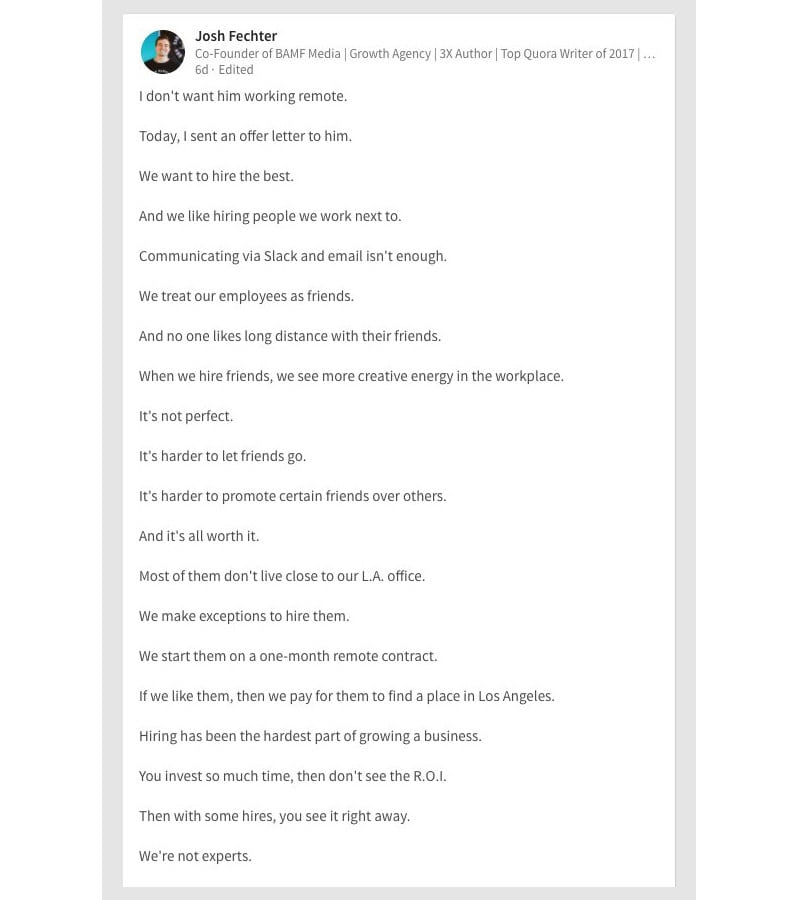
The shift towards content quality will transform the landscape, replacing the insufferable posts with content that educates, inspires, and sparks meaningful conversations.
This transition presents an exciting opportunity for professionals to leverage LinkedIn as a platform for personal branding, thought leadership, and industry influence. Engaging content that offers practical advice, showcases expertise, and encourages dialogue will become the norm.
Dive Deeper: 7 LinkedIn Growth Hacks That You Might Not Know
3) “Multimedia” Marketing Will Transition to “Omnichannel” Marketing
When we mention multiple-channel marketing, we are referring to the practice of leveraging multiple platforms and channels such as TikTok, Facebook, Twitter, Google, and many others.
Being present on all these channels and using them to reach your target audience is considered multi-channel marketing. It involves a broad spectrum of touch points, which can be effective in extending your brand’s reach.
However, as we move forward, there is a significant shift happening towards a more holistic and integrated marketing approach known as omnichannel marketing:
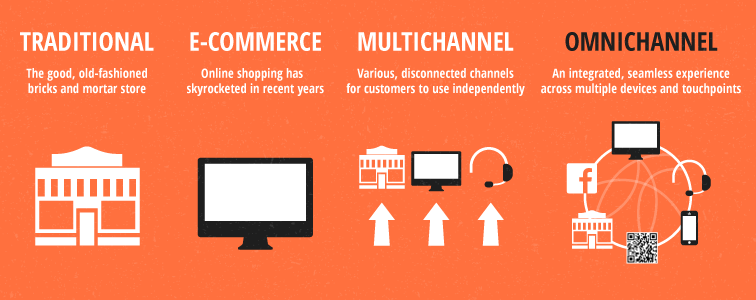
In contrast to multi-channel, omnichannel goes beyond mere presence on various channels. It involves leveraging the data and insights gathered from each channel to inform and enhance marketing efforts across all channels:
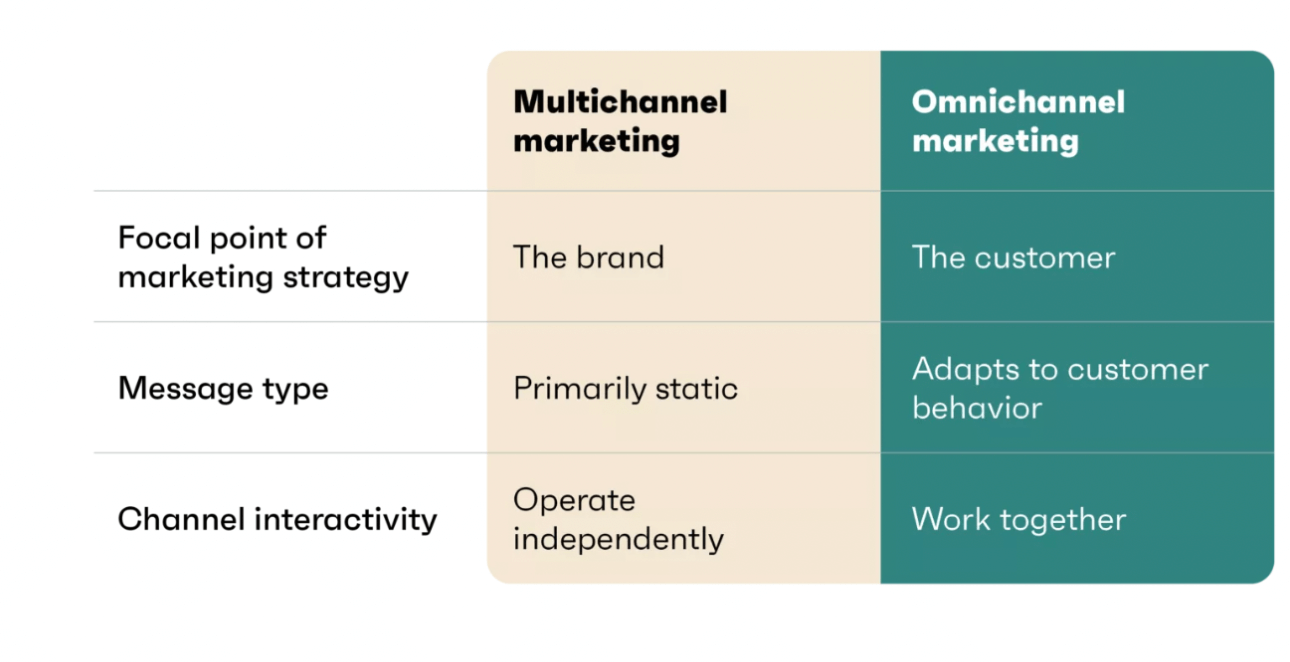
In essence, omnichannel marketing is about fostering cohesiveness and synergy between different platforms. It allows you to create a seamless experience for your audience, ensuring that your messaging is consistent, relevant, and personalized across all touch points.
By integrating data from various channels, you gain a comprehensive understanding of your customers’ preferences, behaviors and interactions, enabling you to deliver tailored experiences that resonate with them.
The trend we anticipate is the rise in popularity of omnichannel marketing while the traditional multi-channel approach gradually takes a backseat. It is not uncommon to encounter companies proudly proclaiming their multi-channel presence, assuming that being on every platform is synonymous with being omnichannel. However, this is not the case.
True omnichannel marketing goes beyond mere presence; it revolves around a strategic alignment of channels to create a cohesive strategy.
When you transition from multichannel to omnichannel, you unlock the power of synchronization and synergy between platforms.
This synchronized approach allows for the seamless flow of data, learnings, and insights, resulting in a unified and impactful marketing strategy.
Key Marketing Strategies for 2024
As we look ahead to 2024, it’s important to consider the strategies that will drive success in the ever-evolving marketing landscape. Here are some key marketing strategies to embrace for the coming year.
Embracing Experimentation Will Be Essential
To stay ahead of the competition and maintain a strong presence in the digital realm, it is imperative to always be exploring new approaches and techniques. By continuously testing and refining your content marketing strategies, you can adapt to the changing preferences and behaviors of your target audience. Experimenting with different modes of content allows you to push boundaries, uncover new opportunities, and discover innovative ways to engage with your audience.
Imagine that you are a marketing manager for a fashion e-commerce company. You have been following the rise of augmented reality (AR) technology and notice its increasing popularity among your target audience. Instead of sticking to traditional product photos and descriptions, you decide to experiment with AR technology to provide an interactive and immersive shopping experience:

This innovative approach not only differentiates your brand from competitors, but also enhances the overall shopping experience for your customers.
Remember, experimentation is not about blindly following trends but about harnessing the power of innovation to connect with your audience in meaningful ways. By staying curious, agile, and open to trying new approaches, you can elevate your marketing strategy to new heights in 2024 and beyond.
Collaborating with Influencers Will Be Crucial
In 2024, collaborating with influencers will become even more vital for brands looking to expand their reach and credibility. Imagine teaming up with an influential figure in your industry to create joint content and cross-promote it on your social media channels.
When you partner up with a known media personality, you can leverage each other’s strengths, expertise, and audience reach to create a powerful synergy. This collaboration not only introduces your brand to a wider audience, but also adds an element of credibility and authority to your content.
Billy Gene, renowned for his marketing expertise, understands the importance of integrating marketing concepts into everyday life. He recognizes that people are not solely interested in business-related content, but also in how marketing impacts their daily experiences. In discussing the financial success of Mariah Carey’s Christmas song or analyzing the impact of popular Netflix series, he manages to blend marketing insights with popular culture.
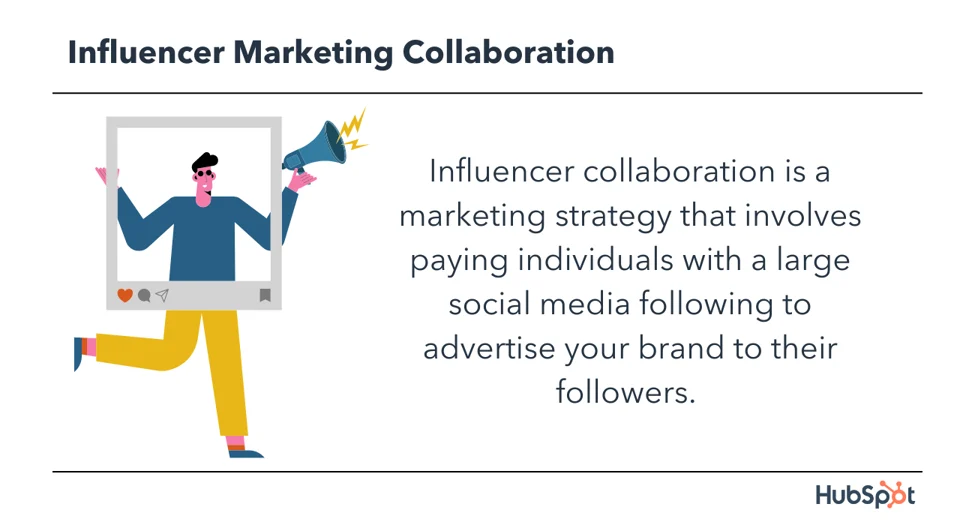
By forming strategic partnerships with influencers, you can tap into their established communities, showcasing your brand, products, or services to an engaged audience that trusts their recommendations. This approach can significantly enhance your marketing efforts and foster deeper connections with your target audience.
Aligning Your Team Is Key to Success
Executing a successful marketing strategy requires a collaborative effort from your entire team. Ensuring alignment and open communication is vital for achieving your goals. Establish regular communication channels, such as weekly or biweekly meetings, where team members can come together to discuss insights, share ideas, and provide updates on their progress.
One of the first steps in fostering team alignment is establishing regular communication channels. Schedule weekly or biweekly meetings where team members can come together to discuss insights, share ideas, and provide updates on their progress.
Use project management platforms, such as Trello or Asana, to assign tasks, track progress, and provide visibility into ongoing projects:
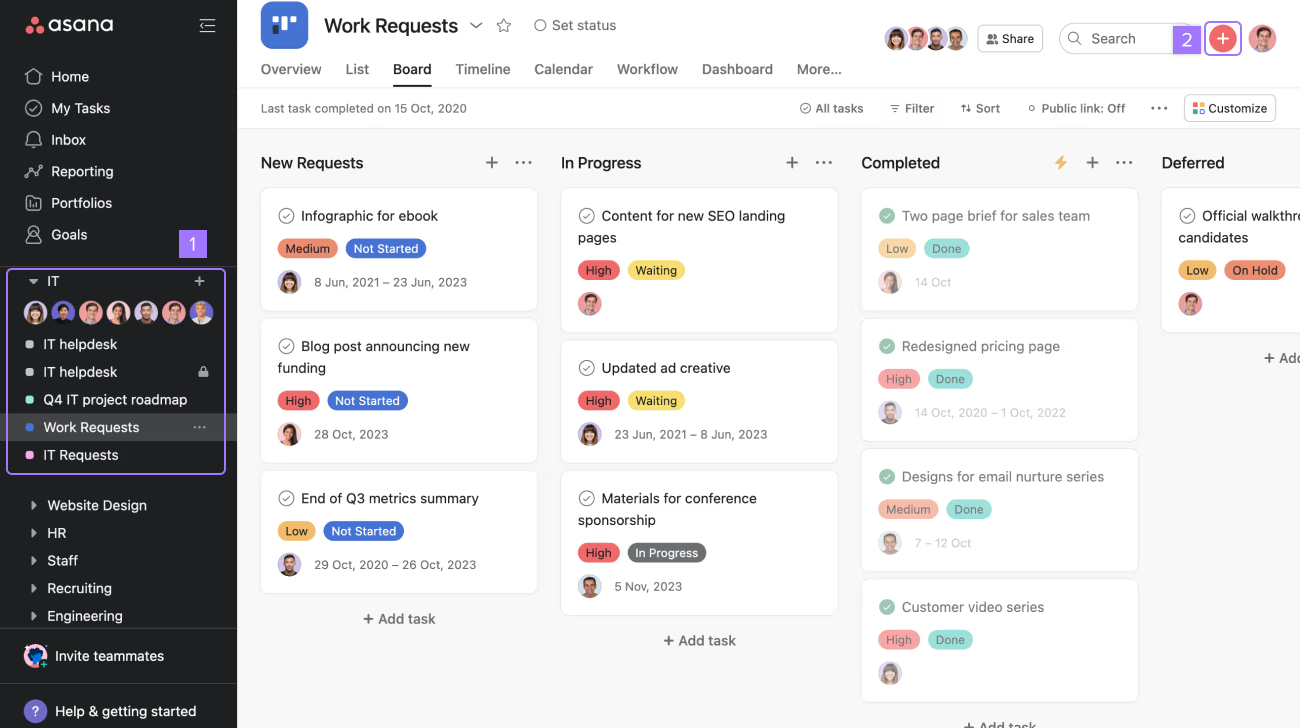
These tools help keep everyone informed and organized on their respective responsibilities, contributing to the overall alignment of the team.
Adapting to Emerging Trends Is a Must
To stay relevant and effective, marketers must be adaptable and responsive to current trends in the industry. For example, the rise of podcasts and short-form video content has changed the way audiences consume content. In 2024, embracing these emerging platforms and formats will be essential for reaching and engaging with your target audience.
Platforms like YouTube, once dominated by long-form videos, have also witnessed changes in viewer behavior. As the demand for shorter, bite-sized content has increased, YouTube has responded by promoting “shorts” as a format:
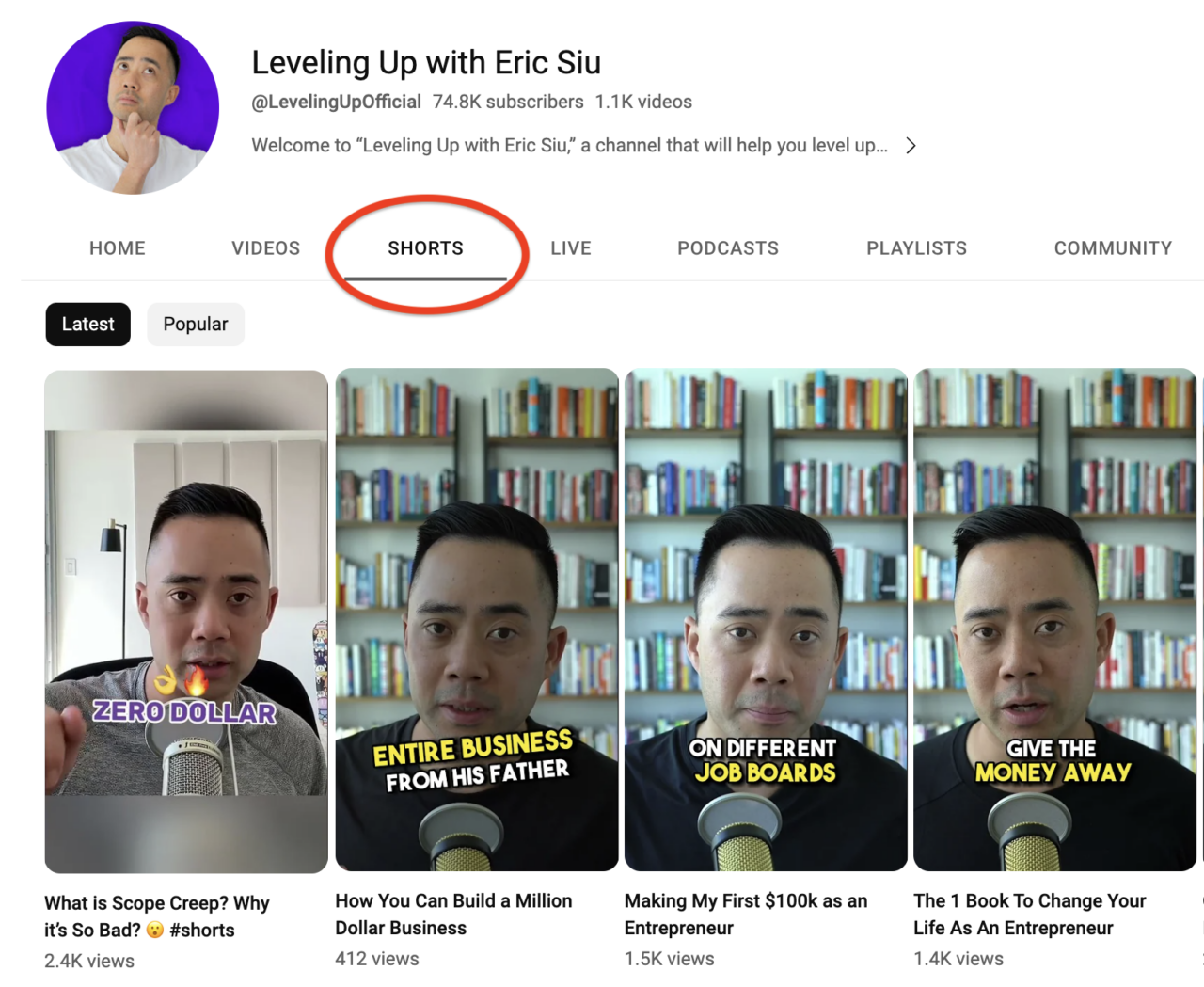
By leveraging new platforms and adapting to changes in viewer behavior, marketers can stay ahead of the competition and maintain a strong presence in the digital realm.
Dive Deeper: 34 Digital Marketing Trends You Can’t Ignore
Final Thoughts on Obsolete Marketing Strategies
As we look toward 2024 and beyond, it is evident that AI content, while not disappearing, will be a tool to enhance human creativity rather than replace it.
LinkedIn will need to see a shift towards higher-quality content, fostering meaningful engagement and professional growth.
The transition from multi-channel to omnichannel marketing will enable businesses to harness the power of data and deliver seamless experiences across channels.
By embracing experimentation, collaborating with influencers, aligning your team, and adapting to emerging trends, you can position your marketing strategy for success in 2024’s fast-paced environment.
If they embrace these transformations and align marketing strategies accordingly, businesses can thrive in the ever-changing hustle and bustle of digital marketing.
If you’re ready to level up your business, Single Grain’s digital marketing experts can help!👇
Repurposed from our Marketing School podcast.





